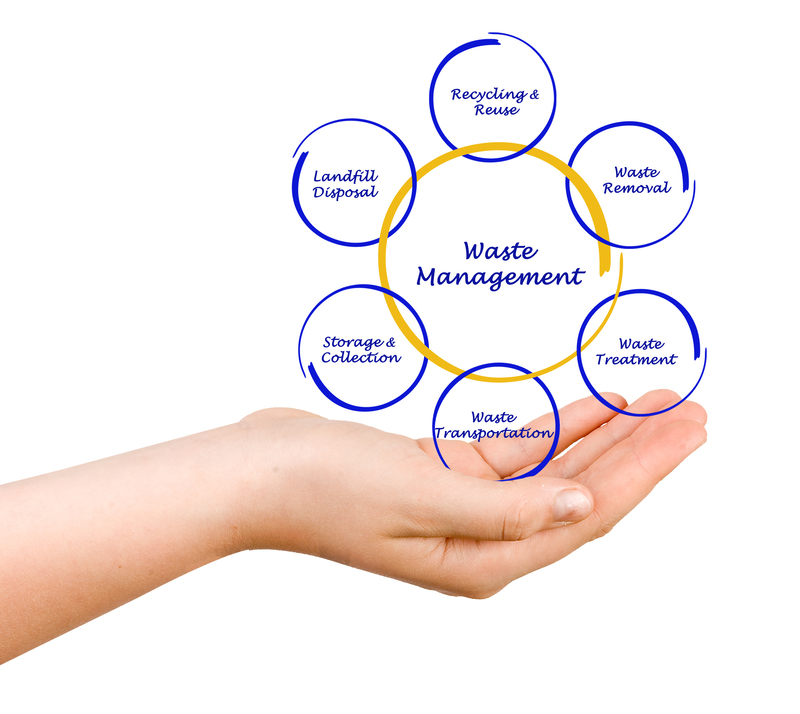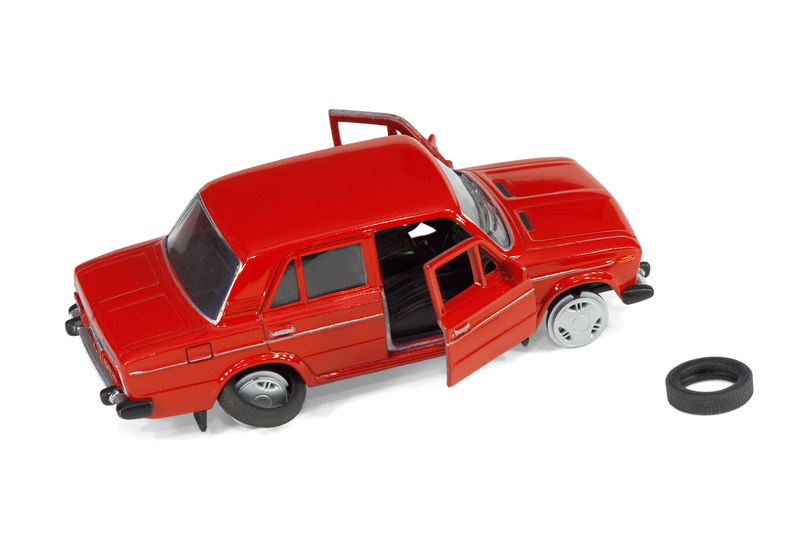How to Prepare Pots and Pans for Dropping Off at a Recycling Center
Recycling household items is an essential step towards a sustainable lifestyle. Among the often-overlooked items in your kitchen are pots and pans. If you're considering taking old cookware to a recycling center, proper preparation is crucial. Disposing of these items incorrectly can create environmental problems or even result in them being rejected by recycling facilities. In this comprehensive guide, you'll learn how to prepare pots and pans for dropping off at a recycling center and ensure they are processed responsibly.
Why Recycle Pots and Pans?
Pots and pans are typically made from valuable materials like aluminum, stainless steel, copper, and sometimes cast iron. These metals are recyclable and can be reused to create new products, reducing mining and environmental impact. Recycling cookware also helps to keep bulky, non-biodegradable items out of landfills.
- Saves natural resources: Reusing the metals reduces the demand for newly mined materials.
- Prevents landfill waste: Metal cookware doesn't decompose, leading to long-term pollution if landfilled.
- Reduces energy consumption: Recycling metals generally uses less energy than producing new ones.
- Supports the circular economy: Cookware materials re-enter the production cycle, fostering sustainability.

Understanding What Types of Cookware Are Recyclable
Not all kitchen cookware is accepted at every recycling center. Before you start, determine what types of pots and pans can be recycled in your area. Here are common materials and how they're typically treated:
- Aluminum pots and pans: Highly recyclable, especially if uncoated.
- Stainless steel cookware: Usually accepted; look for centers that process ferrous and non-ferrous metals.
- Copper-bottom pans: Valuable but may need to be separated from other materials.
- Cast iron: Almost always recyclable but may require special drop-off points.
- Nonstick or Teflon-coated pans: Recycling may be more complex due to the chemical coatings.
- Anodized or enameled cookware: Check with your local center, as coatings can sometimes inhibit recycling.
Verify Local Recycling Policies
Check with your municipal waste service or the recycling center's website. Many programs adjust their rules based on metal type or the presence of coatings and handles. Some require cookware to be dropped at a scrap metal facility, while others may accept them curbside if prepared appropriately.
Step-by-Step Guide to Preparing Pots and Pans for Recycling
Proper preparation of your old cookware will help ensure that your recycling efforts are successful. Here's an in-depth, step-by-step process for how to get your pots and pans ready for a trip to the recycling center:
1. Inspect the Condition of Your Cookware
- Assess usability: If a pan is still in decent condition, consider donating, selling, or upcycling instead of recycling.
- Separately handle damaged items: Severely warped, rusted, or broken pans should be set aside for recycling.
2. Identify the Material Type
Most recycling centers separate metals, so it's helpful to know what your cookware is made of. Look for:
- A label or stamp on the bottom (e.g., "stainless steel," "aluminum").
- Use a magnet to test: Stainless steel is often magnetic, while aluminum is not.
3. Remove Non-Metal Attachments
Many pots and pans come with plastic, silicone, wooden, or rubber handles, knobs, or lids. These components generally cannot be recycled with metals.
- Unscrew or pry off handles and knobs: Use appropriate tools for safe removal.
- Discard non-metal parts: Throw away or recycle separately if local programs accept them.
- Lids: Tempered glass lids are often not accepted with metals. Recycle glass lids separately per your center's guidelines.
4. Clean the Cookware Thoroughly
Recycling centers prefer clean items, as leftover food or grease contaminates the recycling stream. Wash all pans and scrub off any food residue before drop-off.
- Use hot, soapy water for basic cleaning.
- For stubborn stains or burnt-on food, soak overnight or use a paste of baking soda and water.
- Dry your cleaned cookware completely before packing for the recycling center.
5. Address Coated or Nonstick Cookware
Nonstick coatings like PTFE (Teflon) can complicate recycling. Many centers require the coating to be removed or only accept uncoated metal. Ask your local center if they accept these pans. If they do not, look for specialized facilities that handle nonstick cookware recycling.
6. Group and Label by Material (If Required)
Some recycling centers appreciate it if you pre-sort your scrap metal cookware by type (e.g., all aluminum together, all steel together). Clearly label or pack them separately if instructed.
7. Prepare for Transportation
- Choose sturdy containers or boxes for carrying heavy or bulky cookware pieces.
- Wear gloves for protection during handling, especially if pans have sharp or jagged edges.
8. Follow Recycling Center Protocols
- Check the facility's hours and drop-off procedure.
- Some centers have specific bins or areas for metal cookware.
- Ask an attendant for guidance if you're unsure where to leave your items.
What to Do with Unrecyclable Pots & Pans
If your cookware is not accepted by your local recycling center, consider these alternative disposal methods:
- Donation: Give pans still in good condition to thrift stores, shelters, or community kitchens.
- Upcycling: Turn old pots and pans into planters, storage containers, or outdoor decor.
- Art projects: Artists and crafters sometimes use old metal cookware in sculptures and mixed media works.
- Take-back programs: Some brands or retailers offer cookware recycling or trade-in initiatives.
Extra Tips for Environmentally-Friendly Cookware Disposal
- Avoid landfill whenever possible: Metals can be reused endlessly with minimal degradation.
- Check local guidelines: Recycling programs vary greatly between regions; never assume acceptance criteria.
- Combine trips: Drop off other scrap metals or recyclables to minimize emissions and save time.
Frequently Asked Questions
Can you put pots and pans in curbside recycling?
Generally, kitchen cookware cannot be placed in curbside recycling bins because of their shape, material, and potential to damage recycling machinery. Always check with your municipality for their policy.
Should I remove rusty or burnt coatings before recycling?
Rust is usually acceptable, but large amounts of burnt coating or heavy food residue are not. Clean pans as much as possible and scrape off flaking coatings before taking them to the center.
Are aluminum foil baking pans also recyclable?
Yes, most aluminum foil pans can be recycled if they're free from food residue. Crush or flatten them to save space. However, always verify with your recycling provider first.

Environmental Impact of Proper Recycling
Preparing pots and pans for recycling not only diverts waste but also conserves resources and energy. The EPA estimates recycling aluminum saves up to 95% of the energy needed to make new aluminum from raw materials. Discarded metal cookware in landfills can take hundreds of years to decompose and may leach harmful substances into soil and water.
Conclusion: Make Recycling Pots and Pans a Habit
Knowing how to prepare pots and pans for dropping off at a recycling center makes the process smoother for both you and the facility staff. By following these steps--identifying materials, removing attachments, cleaning thoroughly, and verifying center requirements--you ensure your old cookware will have a new life as something useful. Extra care in recycling kitchen items contributes to a greener planet, reduces landfill waste, and saves valuable resources for generations to come.
Start your next kitchen cleanout with an eco-friendly mindset!
Have more questions or tips about recycling household items? Share your thoughts below and help others in your community make sustainable choices with every trip to the recycling center.